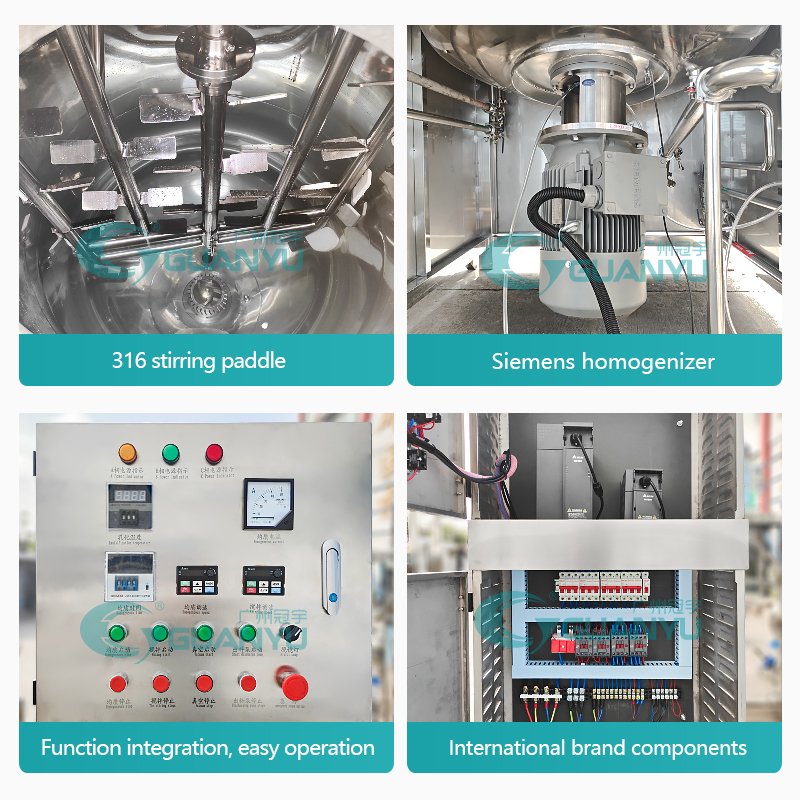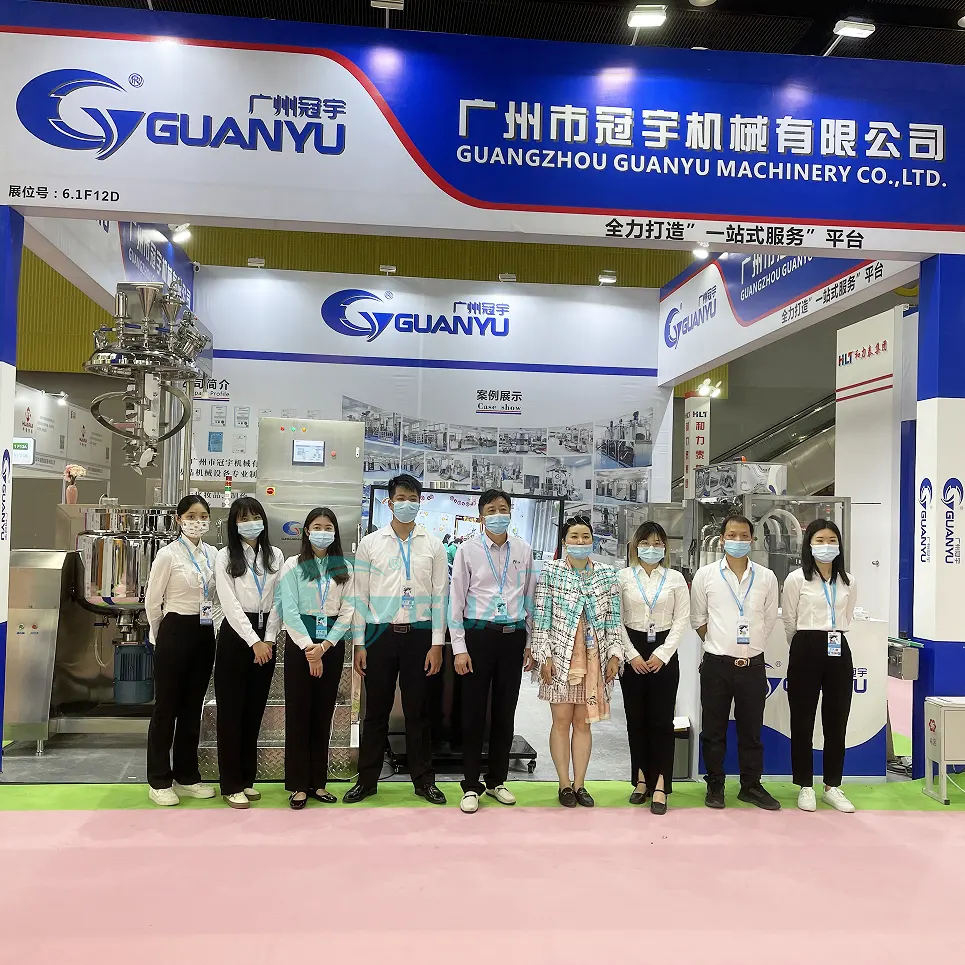Introduction to Blending Tanks
Blending tanks are critical components in the production of chill sauce, ensuring that ingredients are mixed uniformly to achieve a consistent and high-quality product. These tanks are designed to facilitate the blending process by providing a controlled environment where ingredients can be combined effectively. The fundamental principle behind blending tanks revolves around the use of mechanical agitation, which continually stirs the ingredients, maintaining a homogeneous mixture throughout the production cycle.

The functionality of blending tanks is pivotal to the consistency of chill sauce. They are equipped with mixers or agitators that create a vortex, drawing ingredients from the top and bottom of the tank to ensure an even distribution. This process is essential for maintaining the desired taste, texture, and appearance of the sauce, which can be compromised if the ingredients are not mixed thoroughly.
There are various types of blending tanks available, each with its own set of advantages and disadvantages. Stainless steel tanks are widely preferred due to their durability, corrosion resistance, and ease of cleaning. These tanks are particularly suitable for large-scale production, as they can withstand high temperatures and pressures. Plastic tanks, on the other hand, are more cost-effective and lighter, making them easier to transport and handle. However, they may not be as durable or resistant to certain chemicals as stainless steel tanks. Glass tanks offer excellent visibility, allowing operators to monitor the blending process visually. They are also chemically inert, which makes them suitable for certain types of sauces, but they are prone to breakage and may not be ideal for high-volume production.
The size and capacity of blending tanks are also crucial factors to consider. The appropriate tank size should be determined based on production needs to avoid under-utilization or overloading, which can affect the efficiency of the blending process. Properly sized tanks ensure that the mixing is effective and that the production process is streamlined, ultimately leading to a high-quality chill sauce.
Benefits of Using Blending Tanks for Chili Sauce Production
Blending tanks offer numerous advantages for the production of chili sauce, significantly enhancing the efficiency and quality of the manufacturing process. One of the primary benefits is enhanced mixing efficiency. The design of blending tanks ensures thorough mixing of ingredients, which is vital for achieving the complex flavors and textures characteristic of chili sauce. Advanced mixing mechanisms, such as high-shear mixers and agitators, ensure uniform distribution of spices, chilies, and other components, resulting in a consistently high-quality product.
Another critical advantage is temperature control. Blending tanks are equipped with temperature regulation systems that maintain the optimal temperature during cooking and preserving stages. This precise control is essential for flavor development, as it allows the ingredients to meld perfectly, enhancing the sauce’s taste profile. Additionally, maintaining appropriate temperatures is crucial for food safety, as it helps to inhibit bacterial growth and preserve the sauce’s quality over time.


Scalability is another significant benefit offered by blending tanks. These tanks can produce large batches of chili sauce consistently, making them ideal for commercial production. The ability to scale up production without sacrificing quality ensures that manufacturers can meet market demand efficiently. This scalability is supported by automated systems that monitor and adjust the production process, ensuring uniformity and reducing the likelihood of human error.
The hygienic design of blending tanks is also a noteworthy benefit. These tanks are constructed with materials that are easy to clean and sterilize, reducing the risk of contamination. Features such as smooth surfaces, sanitary fittings, and Clean-In-Place (CIP) systems facilitate thorough cleaning, ensuring that the production environment remains sanitary and compliant with food safety standards.
Lastly, the customization options available for blending tanks further enhance their utility in chili sauce production. Tanks can be fitted with additional features such as automated controls, which streamline the production process and improve consistency. Customizable options allow manufacturers to tailor the tanks to their specific needs, optimizing production efficiency and ensuring the final product meets quality standards.
Key Features and Maintenance of Blending Tanks
When it comes to producing high-quality chill sauce, the features of blending tanks play a pivotal role. One of the most critical aspects is mixing speed. The ability to adjust the mixing speed ensures that ingredients are blended uniformly, preventing inconsistencies in the final product. Variable speed controls allow operators to fine-tune the process, catering to different recipes and ingredient viscosities.
Temperature control is another essential feature. For chill sauce, maintaining an optimal temperature is crucial to preserving flavor and texture. Blending tanks equipped with integrated heating and cooling systems provide precise temperature management, ensuring the sauce is neither overcooked nor underprocessed. This aspect is particularly vital when dealing with temperature-sensitive ingredients that could alter the sauce’s taste profile.
The presence of robust agitation mechanisms is indispensable for achieving a uniform blend. Agitators, whether they are impellers, paddles, or turbines, must be designed to create sufficient turbulence to mix ingredients thoroughly. The effectiveness of these mechanisms directly impacts the consistency and quality of the chill sauce.
Safety features are equally important in blending tanks. Pressure relief valves and proper seals are critical to preventing contamination and ensuring the safe operation of the tanks. These components help manage pressure fluctuations and prevent leaks, safeguarding both the product and the operators.
Maintaining blending tanks is paramount for prolonging their lifespan and ensuring consistent sauce quality. Regular cleaning protocols are essential to prevent residue buildup and bacterial contamination. Tanks should be cleaned immediately after use, using food-grade cleaning agents. Additionally, conducting routine inspections can identify signs of wear and tear, allowing for timely repairs or replacements. Implementing a troubleshooting guide for common issues, such as uneven mixing or temperature inconsistencies, can help operators address problems swiftly, minimizing downtime.
In summary, the functionality and longevity of blending tanks for chill sauce production hinge on key features like mixing speed, temperature control, and effective agitation mechanisms. Coupled with rigorous maintenance practices, these elements ensure the consistent production of high-quality chill sauce, meeting both safety standards and consumer expectations.

